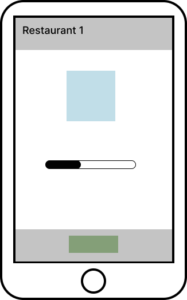Application UI Design
JR Foodie (2022)
JR Foodie is a conceptual delivery application which aims to promote efficiency of employees in JR academy company via helping staff save unnecessary time spent on lunch from queuing, ordering and waiting the delivery.
Through learning how the employees order food online or have meal in the company, target user group from the employees has been discovered and defined. Meanwhile, their expectations and demands for the delivery application have been found out. Correspondingly, the design was intended to solve the pain points of the target users.
While the solution to the efficiency promotion in this case was mainly the information visualization and presentation, which is the information such as estimate waiting time in both delivery and dine-in option and the seat availability only in the dine-in option.

Sketch & Wireframe
Via brainstorming, the wireframes have been sketched out to help analyzing what people expect from normal food delivery application in daily life.
The inspiration were both some delivery applications in the market and the self-service ordering kiosks in restaurant.
To make it easy to use, some feedback assistance elements such as badges and modules have been considered to be the visual elements in the application.
The processing bar works the same.
Lo-Fi Prototype
After the simply wireframing, the design came to the next stage, which is research and analysis on potential target users. For instance, the target user definition helps me to explore out more specific users from general employees who might be extremely busy with their own works and have no spare time for purchasing food themselves. Also, since it is the food delivery application, the users must be the person who may depends on the food delivery rather than bringing homemade meal.
Because of this, the main purpose of this application would be saving employees’ time from some behaviors related to having lunch both in company canteen and ordering food online. For example, queuing and waiting the food to be delivered.
Low-Fi prototype was intended to briefly showcase how the application deal with the problems stated above by providing appropriate interactive user interface to the users.












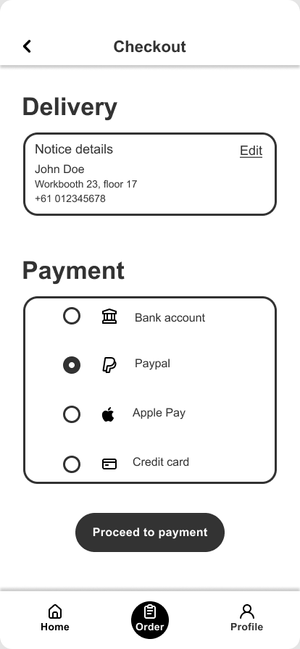




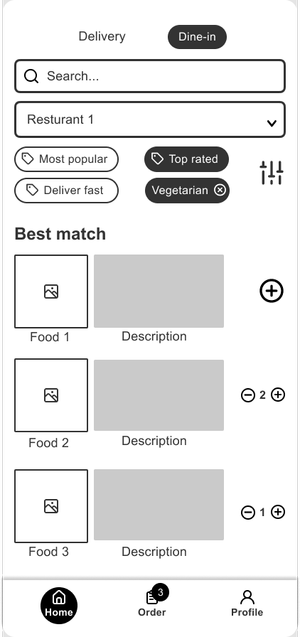


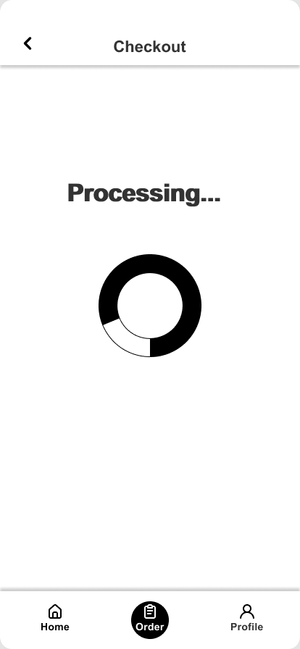
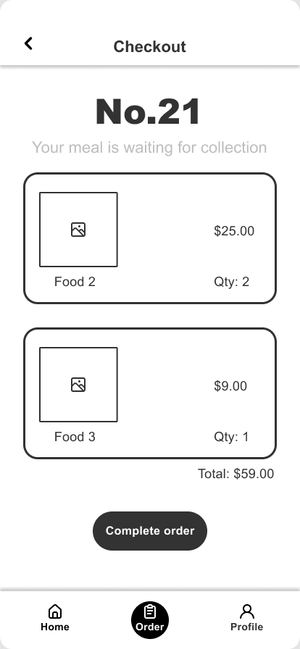


Hi-Fi Prototype
During this design process, on account of lack of essential user testing as well as usability testing, it might need more testing to verify whether the design could resolve existing problem if the design has been further developed. While whether it could reduce the waiting time of users and the interaction mode fits the user’s habits should also be considered.

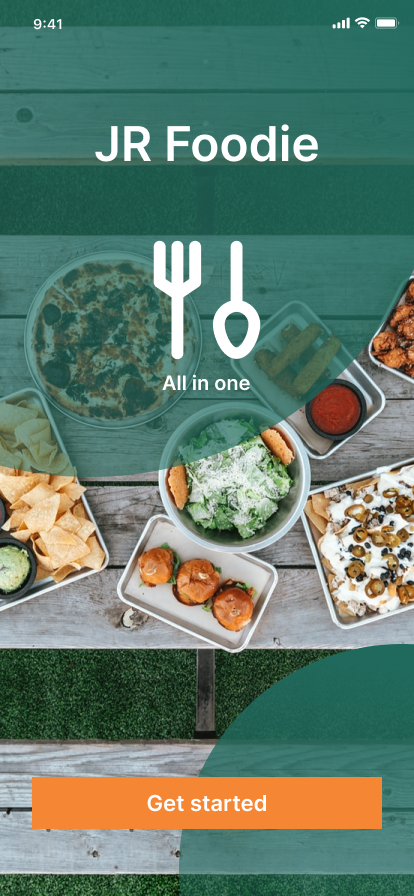






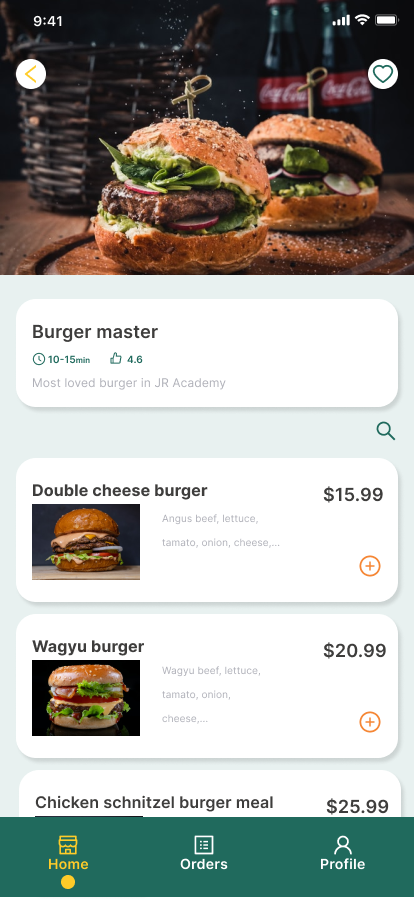











GoodNeighbor (2022)
The details of design process of GoodNeighbor app demonstrated in the part of working process.





